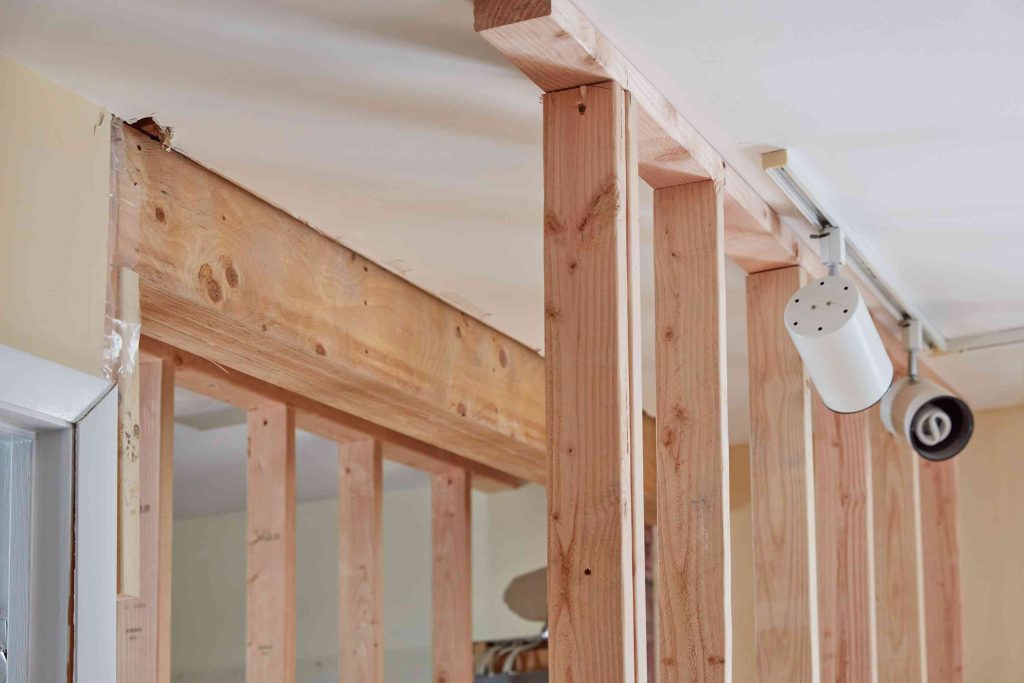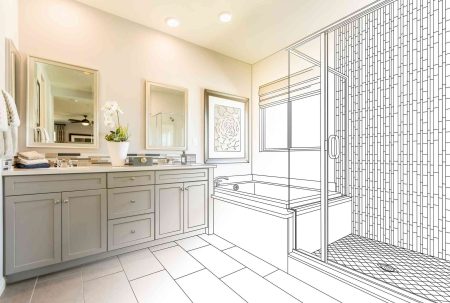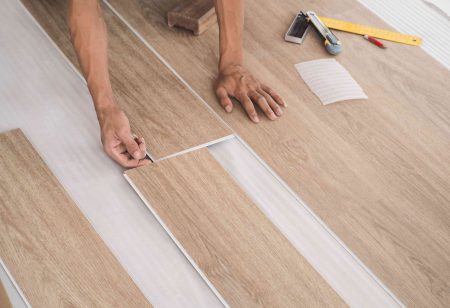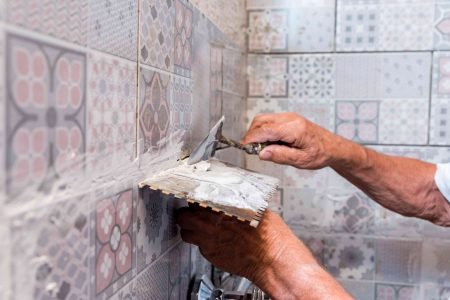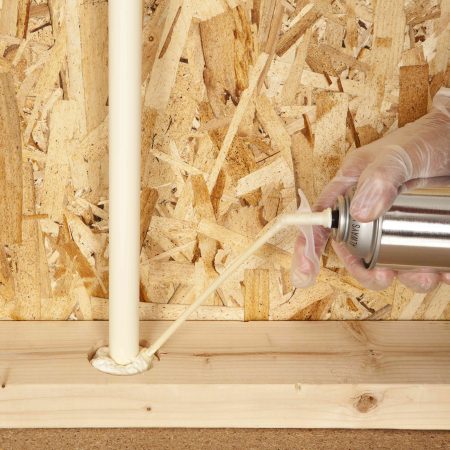There are lots of ways you can flex your DIY muscles around your home. But while painting furniture, building a kitchen backsplash, or grouting tile can be tackled on your own, there are some home projects that are better left to the professionals due to their complexity—and because of safety concerns.
Here are some of the top projects you should never DIY, according to the professionals.
Meet the Expert
- Mariya Snisar is the head of interior design at Renowell.
- Tatyana Dimitrova is a PR specialist for Fantastic Handyman.
- Julee Ireland is an interior design architect and founder of Home Renovation School.
Structural Changes or Repairs
Though you might be itching to knock down that wall to create a more open floor plan, don’t take a sledgehammer to it on your own. Making any major structural changes, like knocking down a wall or adding a door—must be done by a licensed structural engineer, says Mariya Snisar, head of interior design at Renowell.
“There’s no room for error here,” Snisar says. “I do not recommend trying to DIY this; you can easily end up with a disaster on your hands.”
Electrical Work
Though nothing is at risk of collapsing on you, DIYing any sort of electrical work is just as dangerous, if not more so, than attempting structural changes.
“Electrical projects pose significant safety risks if they’re not done properly,” says Tatyana Dimitrova, PR specialist for Fantastic Handyman. “Wiring, circuit installations, panel upgrades, and other electrical tasks require in-depth knowledge of local building codes and electrical systems.”
Always exercise caution and hire a licensed electrician. This will eliminate the risk of hazards and make sure your home is up to code.
Window Installation
Installing a new window might not come with the inherent dangers of dealing with electrical wiring or structural integrity. But improper installation can cause a big headache, says Julee Ireland, interior design architect and founder of Home Renovation School.
Poorly installed windows can be drafty (which can be a disaster for your heating bill), or leaky.
“Things can go downhill quickly, with water intrusion leading to mold,” Ireland says. “So it’s critical that these are installed properly and watertight.”
Roof Repairs or Replacement
Repairing a roof isn’t a suitable job for DIYing, even if you consider yourself a capable handyperson. And replacing your roof is totally out of the question, Dimitrova says.
“Roofing can be a physically demanding and hazardous job, and it requires specific skills to ensure a watertight and durable roof,” she says. “Professional roofers have the necessary knowledge to assess the conditions of a roof, recommend suitable materials, and perform repairs or replacements with proper safety precautions.”
HVAC Installation
HVACs are intricate systems, and dealing with them requires specialized knowledge, Dimitrova says. Enlisting an HVAC professional can help you better understand your home’s heating and cooling needs, determine the right equipment needed, and ensure proper installation.
“This is very important because improper HVAC work can lead to inefficient operation, poor indoor air quality, and potential safety hazards,” Dimitrova says.
Asbestos and Mold Removal
Asbestos is a fibrous mineral that has historically been used in construction materials such as tiling and roofing shingles. It’s also carcinogenic and has been linked to lung cancer, mesothelioma, and other types of cancers. Mold is a naturally occurring fungi that can cause allergic reactions, asthma, and more health problems.
Whether you’re dealing with asbestos or mold, Snisar says you should never attempt to remove it on your own. There are certified professionals that have the right safety equipment and know the proper procedures for dealing with these harmful substances. It’s simply too risky to attempt a DIY removal.
Major Plumbing Projects
Some plumbing projects, such as refilling the water in your toilet tank or installing a new faucet, are DIY-friendly. But others, like any involved pipe replacement or relocating bathroom fixtures, need to be left to a professional plumber.
According to Dimitrova, licensed plumbers have the expertise “to navigate plumbing codes, deal with potential issues like leaks or improper installation, and ensure the proper functioning of a plumbing system.”
Tree Removal
It might be tempting to take a chainsaw to that tree you want out of your yard, but the job takes quite a bit of skill to prevent damage to your property—or to you, Snisar says. Always hire a pro to cut down a tree. But when the tree has been successfully cut down, removing the stump is a perfectly fine job to DIY.
Read the full article here







